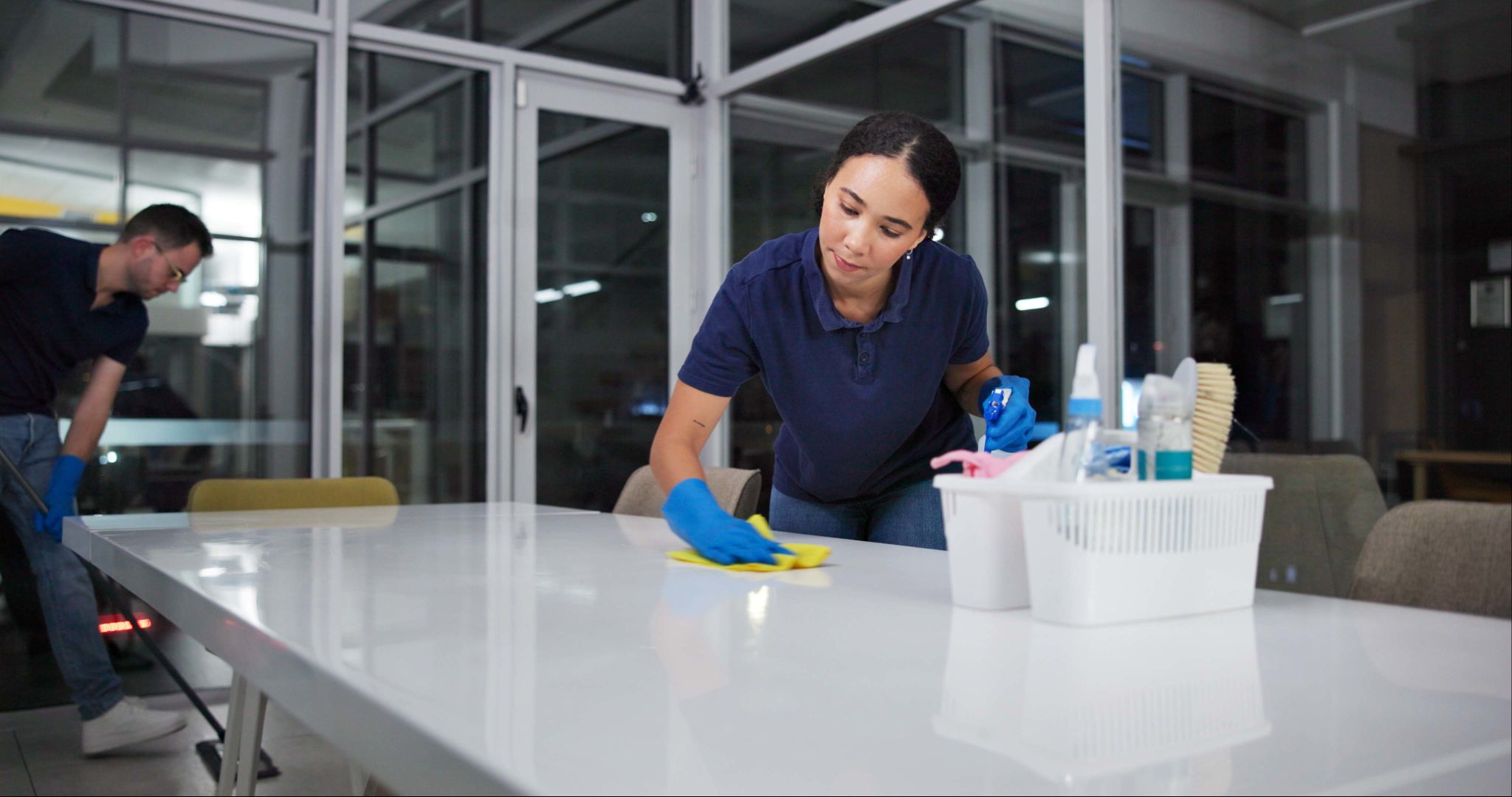Understanding Kaplama: Techniques and Innovations in Surface Treatment
Introduction to Surface Treatment
Surface treatment, often referred to as "kaplama" in certain regions, is an essential technology in the world of manufacturing and material science. It involves applying a coating to the surface of an object to enhance its appearance, improve its resistance to corrosion, and impart other beneficial properties. As industries strive for better performance and durability, understanding the different techniques and innovations in surface treatment has become increasingly important.

Basic Techniques in Surface Treatment
The world of surface treatment is diverse, with several techniques employed based on the desired outcome and material type. Some of the most common methods include:
- Electroplating: A process that uses electrical current to reduce dissolved metal cations, forming a coherent metal coating on an electrode.
- Galvanizing: Involves applying a protective zinc coating to steel or iron, to prevent rusting.
- Powder Coating: A dry finishing process that applies powdered paint to a surface, which is then cured under heat.
Each of these techniques offers unique advantages and is selected based on factors like cost, desired finish, and environmental considerations.
Innovations and Advancements
The field of surface treatment is constantly evolving with new innovations aimed at enhancing efficiency and environmental sustainability. Recent advancements have introduced eco-friendly coatings that reduce harmful emissions and waste. For example, water-based coatings are gaining popularity as they minimize the use of volatile organic compounds (VOCs), which are detrimental to the environment.

Nano-Coatings: The Future of Surface Treatment
Nano-coatings represent one of the most exciting advancements in surface treatment technology. By manipulating materials at the molecular level, nano-coatings can provide exceptional resistance to scratches, water, and even bacteria. These coatings are particularly valuable in industries such as healthcare and electronics, where maintaining cleanliness and durability is paramount.
Applications Across Industries
The applications of surface treatment are vast and span numerous industries. In the automotive sector, for instance, coatings are used to protect vehicles from corrosion and enhance their aesthetic appeal. Aerospace applications rely on advanced coatings to withstand extreme temperatures and pressure differences. Additionally, in the electronics industry, coatings are critical for protecting sensitive components from moisture and dust.

Challenges in Surface Treatment
Despite the numerous benefits, surface treatment processes are not without challenges. The environmental impact of certain coatings and processes remains a concern. Furthermore, achieving uniform coating thickness can be difficult, especially on complex geometries. Researchers are continuously exploring ways to overcome these challenges through technological advancements and improved materials.
The Importance of Research and Development
Continued research and development are crucial in advancing the field of surface treatment. By investing in innovative technologies, companies can develop more efficient processes that reduce costs while minimizing environmental impact. Collaborative efforts between industry leaders, researchers, and regulatory bodies will be key in driving sustainable growth in this sector.

Conclusion
Understanding the techniques and innovations in surface treatment is essential for industries looking to enhance product performance and longevity. As new technologies emerge and environmental considerations become increasingly important, staying informed about the latest advancements in surface treatment will be crucial for businesses looking to maintain a competitive edge. Whether through traditional methods or cutting-edge innovations like nano-coatings, the future of kaplama is both exciting and promising.
